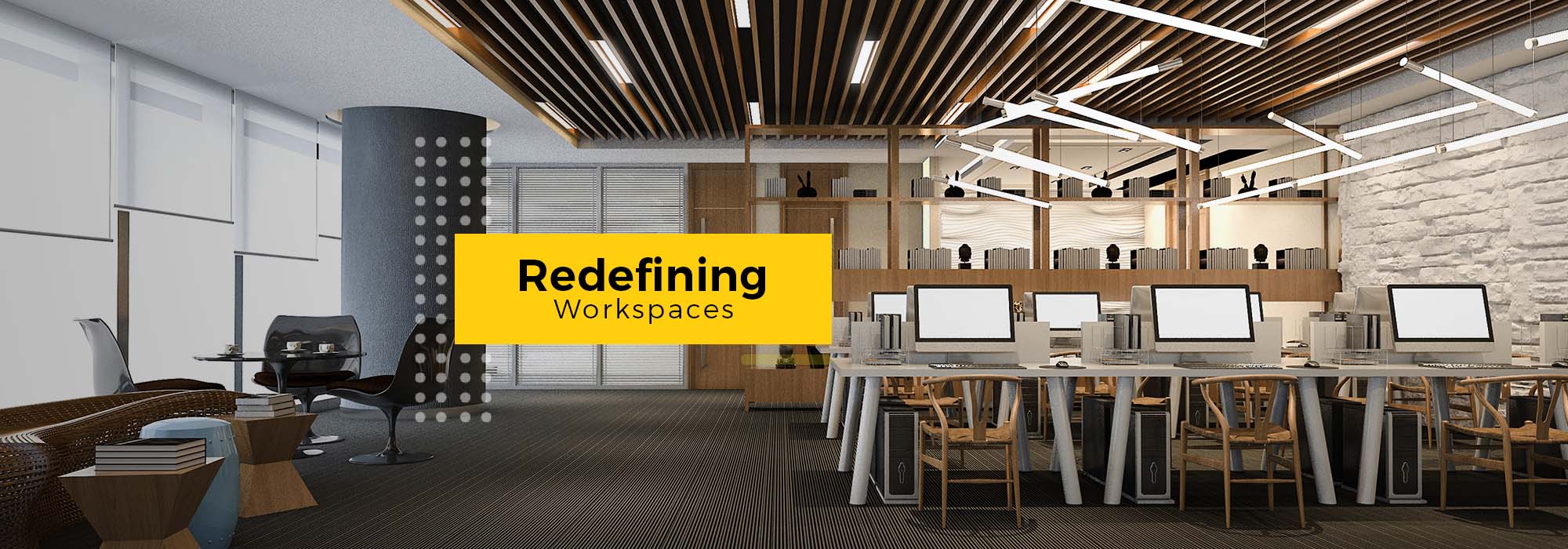The future workspaces are sure to look different from today’s, and so are their functioning. Today, it’s quite natural to make workspaces more employee-friendly and comfortable with smart devices. Seamless asset retrieval, information updates, space management, remote management capabilities, real-time data, actionable insights, easy-to-read reports, energy efficiency, etc. are all part of prime considerations in creating modern workspaces. IoT and its vast applications have been catering towards these causes and have brought-in various benefits across industry verticals.
For instance, smart docking stations enable real-time device utilization monitoring across an enterprise facility at any time of the day. Also called connected workstations, they comprise enterprise-grade IoT devices, proprietary software, simple interfaces, and cloud applications as default. With one in hand, enterprises can easily view workspace occupancy, number of employees present, total devices plugged-in, energy consumed by each, duration of energy usage, and the type of equipment in use. Such workspace insights drive task distribution and drastically improve workspace efficiency, as enterprises can easily schedule hot-desking and optimize available space usage.
Optimized energy utilization is another benefit of implementing smart docking stations. Admins can see which workspaces are unnecessarily powered when not in use or after office hours, and turn them OFF immediately. They can also schedule power ON/OFF events for fixed or regular office operations, thereby, saving immensely on total energy consumption. To further score on convenience, admins can initiate all of these operations from a remote location, using phones, tablets, or desktops.
Measuring and analyzing energy consumption is also made easy by smart docking stations as they bring relevant data to the desks. These devices generate easy-to-read reports on energy usage, specific to zones, floors, and buildings. Quantitative information to such scales helps to reduce energy costs by optimizing energy usage – assumed as the largest unmanaged business spends among industries.
Connected docks are also capable of discovering all devices plugged into them. Company management can use this information as an added support to manage assets. Distinctly, the number of devices or workstations not in use can also be recognized to drive workspace allocation and device distribution. This approach can drastically reduce wasted productive hours or lost employee times, which in turn deliver better business outcomes.
Apart from aspiring energy efficiency and control capabilities, offices today deploy human-centric lighting (HCL) to boost employee comfort and visual acuity. It induces increased energy and motivation among office inhabitants that in-turn, drive productivity and performance. HCL systems automatically adjust the intensity and color temperatures to tune white lights and make luminaires glow with favorable luminance. This lighting set-up ensures maximum circadian effects and builds a feeling of alertness and vitality among employees. Users can experience different light settings at specific zones in office, to perfectly suit their moods and official requirement.
HCL approaches are game-changers inside large factories, warehouses, and hospitals as the impression of isolation prevail in such premises. With adaptable lighting systems, optimal employee comfort sustains which boosts labor productivity, a prime factor in deciding success in this industry.
That’s reason enough to understand that today’s workspaces bring benefits to both the worlds, employee and employer, and is fast evolving to scales new heights like never before. IoT and its varied applications form the backbone to this transformational shift and is a technology worth embracing indeed.






